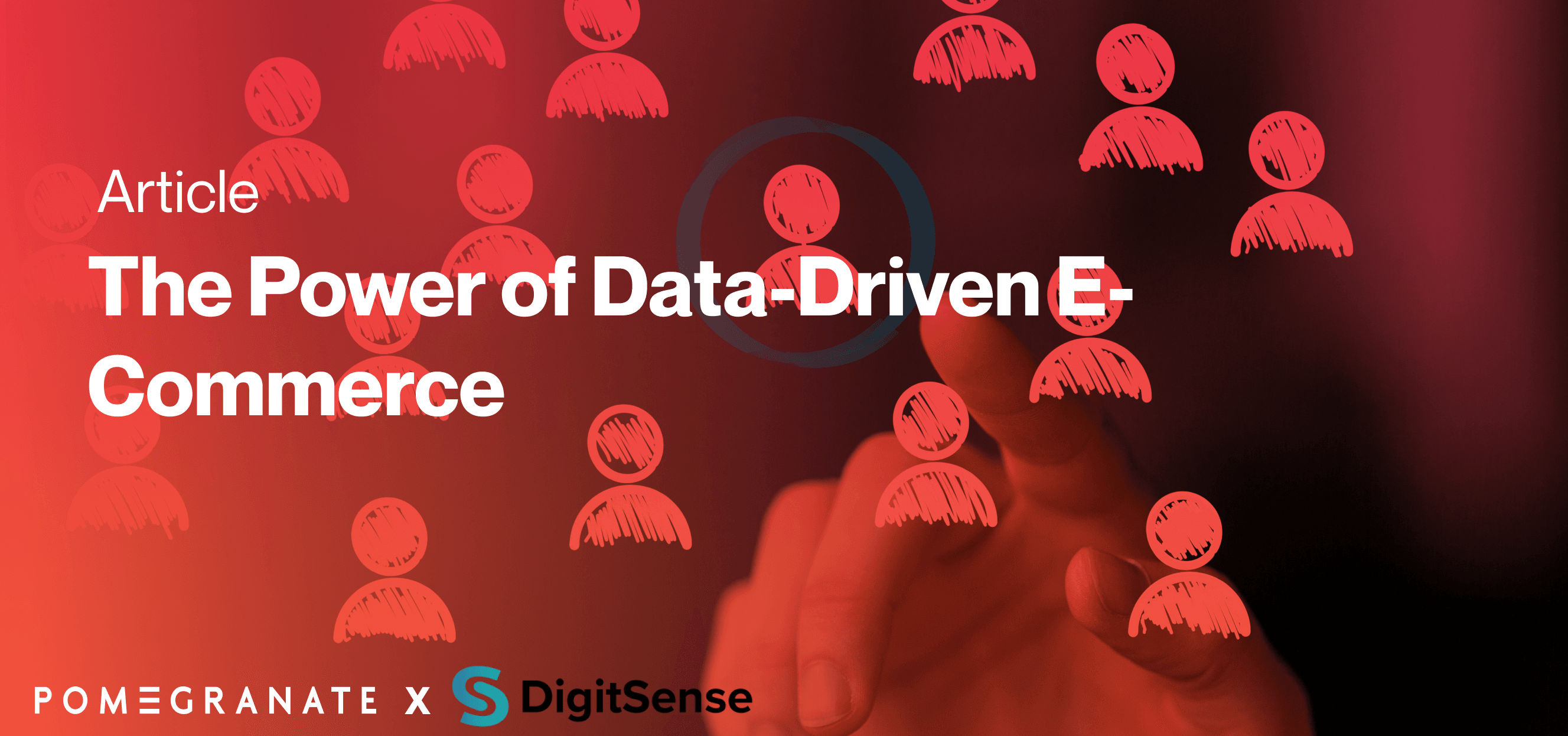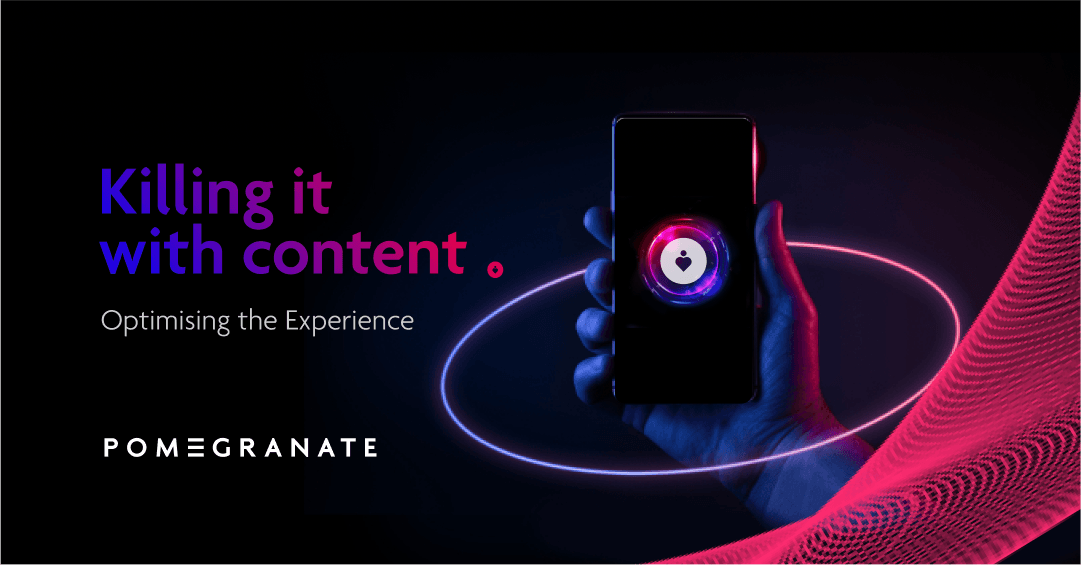Pharma companies control billions in healthcare spending and influence treatment decisions for millions of patients globally¹. And yet, when we look at how they actually communicate with those patients, we find something troubling: they're not listening at all.
Not just to what patients say in focus groups, but to how they actually talk how they actually talk and think about their own health behind closed doors. This isn't just about better messaging. It's about building a strong foundation of trust that drives real business performance.
The Boardroom Assumption
A pharma company specialising in diabetes care came to us because their patient engagement was failing. Sales conversations felt hollow, copycat brands were gaining market share, and despite significant investment in marketing, returns were diminishing.
The problem wasn't their intentions. It was their method.
As often happens in pharma companies, they were building communication strategies from the boardroom, working with the risk of aged research and superficial assumptions about what patients wanted to hear, rather than understanding how patients truly communicate. Clinical terminology dominated every touchpoint. Medical jargon filled every patient resource. The language of compliance had become the language of communication.
And it was backfiring spectacularly.
What We Found When We Listened
We identified online diabetes communities and conducted deep social listening, analysing thousands of honest conversations happening across social platforms. What we discovered challenged everything the company thought they knew about patient communication.
Clinical terminology caused patients to withdraw from conversation, whilst conversational, human language significantly increased engagement and sharing. We also found that personal disclosure comfort levels varied dramatically across subject areas—patients felt safer discussing technology than their personal health experiences.
These weren't insights that could be captured from a more formal, focus group setting. These patterns emerged only through genuine, sustained listening to authentic patient conversations.
The Cost of Not Listening
Without this level of understanding, pharmaceutical companies are essentially operating in the dark. They're making assumptions about patient preferences, comfort levels, and communication styles that are not inherently accurate.
And both patients and healthcare providers can sense this disconnect immediately.
The data continues to tell a stark story. Research shows that just 63% of patients have confidence and trust in healthcare professionals², and concerns about pharma data security run deep, with only 33% of the UK public trusting pharmaceutical companies to keep their health data secure³. The gap between pharma's communication intentions and actual patient needs is measurable, growing and, almost certainly, impacting their business performance.
As long as patient communication and engagement remain assumption-based rather than insight-driven, there will always be a disconnect with patients that's visible in your marketing, sales approach and communications that will undermine their effectiveness.
What Changed When They Started Listening
Our framework changed how this major pharma communicated with patients by grounding every communication strategy in real patient behaviour rather than assumptions. And the results rippled through every part of their organisation.
Medical affairs communications became genuinely patient-informed rather than assumption-based, restoring healthcare provider confidence in the company's patient-centric claims.
Sales teams could finally have authentic conversations with healthcare professionals because they understood how patients preferred to discuss their conditions. This made these interactions more credible and effective.
Marketing and sales strategies were built on real behavioural insights rather than assumption-based, creating authentic connections that both patients and healthcare providers could trust.
The Listening Imperative
We know that effective communication strategies require a commitment to doing the analytical work to understand your customers and their customers (in this case, patients) more deeply. When pharma companies invest in genuine patient engagement and behavioural analysis, it transforms every aspect of their communication strategy, even when targeting their primary customers, HCPs
Over the last two decades, we've helped pharma companies improve how they engage with HCPs and patients through our behavioural science approach, going beyond surface-level assumptions to understand authentic communication patterns.
If you want to learn more about how deep social listening and behavioural analysis can help you move beyond assumption-based marketing and sales strategies to build genuine patient engagement, download our brochure to discover our proven framework.
References:
- IQVIA, "Global Medicine Spending to Reach $2.3 Trillion by 2028," January 2024
- Nuffield Trust, "Patient Experience: Do Patients Have Confidence and Trust in Clinicians?" 2024
- Pharmaphorum, "To Help Solve Patient Distrust in Pharma, Industry Collaboration Is Key," 2024





